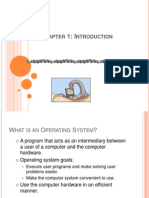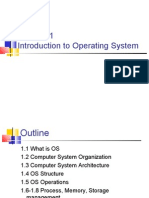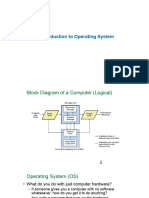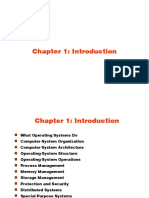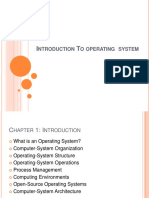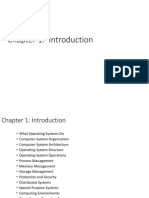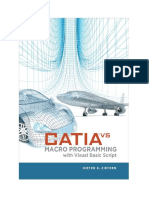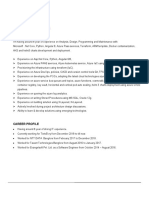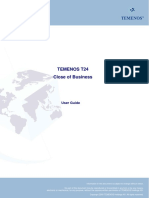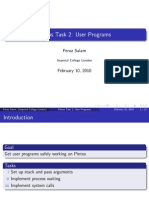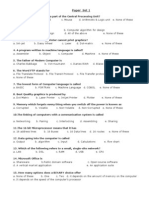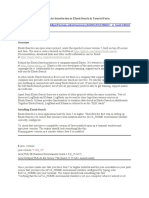0% found this document useful (0 votes)
15 views61 pagesLect 1
The document provides an introduction to operating systems (OS), defining their role as intermediaries between user applications and hardware, and outlining their key features such as resource management, protection, and efficiency. It also covers the history of OS development, major tasks like process and memory management, and the services they provide to users and systems. Additionally, it discusses system calls and the design and structure of operating systems.
Uploaded by
asnake ketemaCopyright
© © All Rights Reserved
We take content rights seriously. If you suspect this is your content, claim it here.
Available Formats
Download as PDF, TXT or read online on Scribd
0% found this document useful (0 votes)
15 views61 pagesLect 1
The document provides an introduction to operating systems (OS), defining their role as intermediaries between user applications and hardware, and outlining their key features such as resource management, protection, and efficiency. It also covers the history of OS development, major tasks like process and memory management, and the services they provide to users and systems. Additionally, it discusses system calls and the design and structure of operating systems.
Uploaded by
asnake ketemaCopyright
© © All Rights Reserved
We take content rights seriously. If you suspect this is your content, claim it here.
Available Formats
Download as PDF, TXT or read online on Scribd
/ 61









